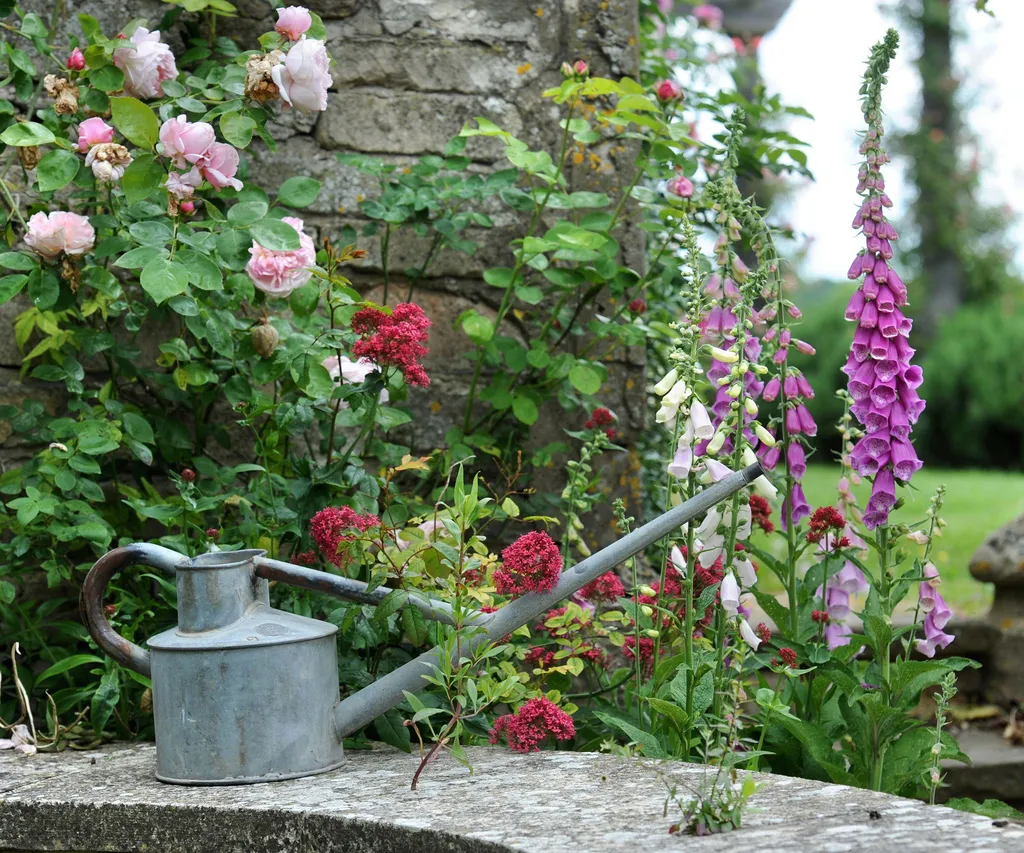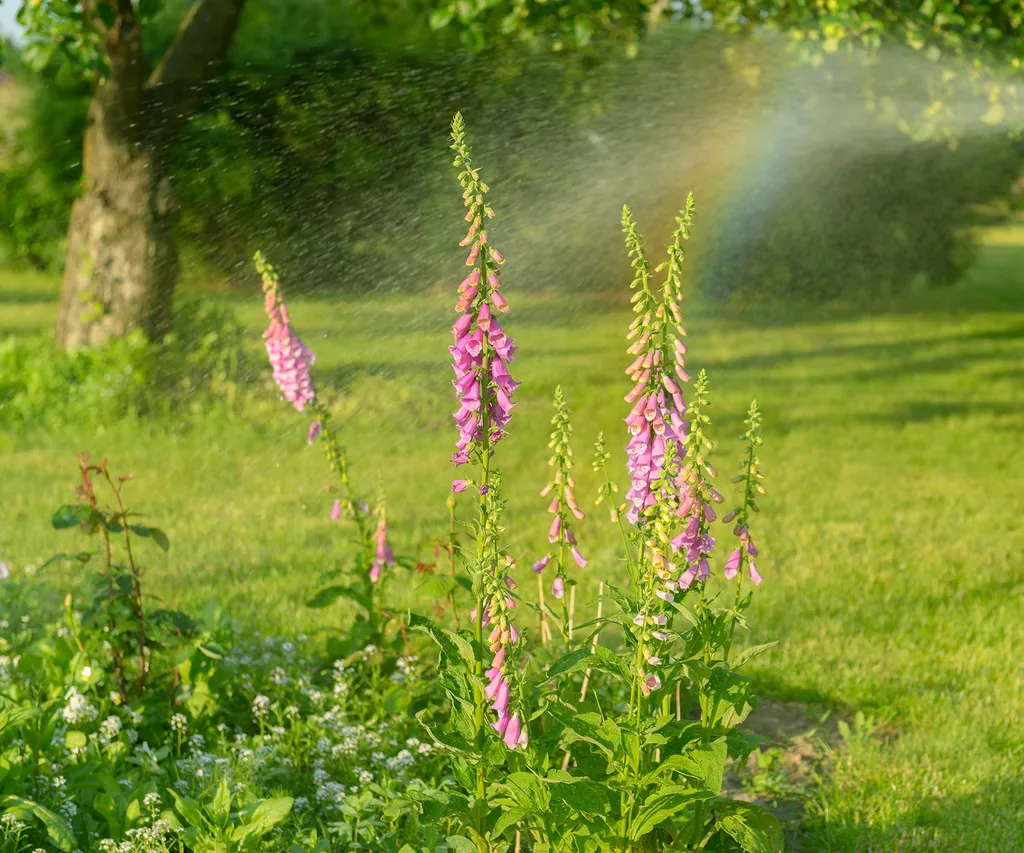


A rock garden is a creative landscaping feature that uses rocks, stones, and specific plants to create a unique and visually appealing outdoor space. Originating from ancient garden designs, rock gardens offer a naturalistic approach to landscaping, combining aesthetic appeal with practical benefits. They are particularly popular for their low-maintenance nature and the ability to enhance areas with challenging conditions.
Rock gardens serve multiple purposes. They can transform barren or sloped areas into beautiful landscapes, improve soil drainage, and offer a habitat for various plants that thrive in rocky conditions. By integrating different types of rocks and carefully selected plants, a rock garden can become a striking focal point in any garden.

Key Elements of a Rock Garden
Types of Rocks and Stones
The foundation of a rock garden lies in the selection of rocks and stones. Common types include:
- Granite: Durable and versatile.
- Limestone: Often used for its aesthetic appeal.
- Slate: Adds a rich texture and color.
Each type of rock has unique characteristics, such as color, texture, and size, which contribute to the overall look of the garden.
Essential Plants for Rock Gardens
Plants for rock gardens should be chosen based on their ability to thrive in rocky, well-drained soil. Some excellent choices include:
- Succulents: Low-water plants like Sedum and Sempervivum.
- Alpine Plants: Hardy varieties such as Edelweiss and Alpine Phlox.
- Ground Covers: Creeping Thyme and Irish Moss.
These plants are selected for their adaptability to dry conditions and their ability to complement the rugged appearance of the rocks.
Soil and Drainage Requirements
Good drainage is crucial for the health of a rock garden. The soil should be well-draining to prevent waterlogging, which can harm plants. Typically, a mix of gravel and sand with a small amount of organic matter is used to create the ideal soil composition.

Design and Layout Options
Designing a rock garden involves arranging rocks and plants in a way that mimics natural landscapes. Consider the following layout options:
- Mimicking Natural Landscapes: Create a look that resembles a natural rock formation.
- Tiered Levels: Use different levels to add depth and interest.
- Pathways and Focal Points: Incorporate pathways and focal points like water features to enhance the design.
Designing Your Rock Garden
Step-by-Step Design Process
- Plan the Layout: Decide on the size and shape of your rock garden.
- Choose Rocks and Plants: Select materials that complement each other.
- Prepare the Site: Clear the area and prepare the soil for planting.
Choosing the Right Location
The location of your rock garden is essential. It should be placed in an area that receives appropriate sunlight and can support the chosen plants. Consider areas with natural slopes or existing rocky features for an authentic look.
Creating a Balanced Layout
To create a visually balanced garden, arrange larger rocks as the main elements and use smaller stones and plants to fill in gaps. This arrangement helps to create a natural flow and harmony in the design.

Integrating Water Features and Accessories
Adding water features such as small ponds or cascading waterfalls can enhance the beauty of your rock garden. Accessories like decorative stones or garden sculptures can also add a personal touch.
Choosing Plants for Your Rock Garden
Best Plants for Rock Gardens
Plants that thrive in rock gardens typically include:
- Alpine Plants: Suitable for cooler climates.
- Succulents: Ideal for dry conditions.
- Drought-Resistant Plants: Such as Lavender and Sage.
Alpine Plants and Succulents
Alpine plants and succulents are perfect for rock gardens due to their low water requirements and adaptability to rocky soil. They provide vibrant colors and textures that contrast beautifully with the surrounding rocks.
Considerations for Plant Selection
When selecting plants, consider their growth habits, water needs, and how they will interact with the rocks. Ensure that the plants chosen can thrive in the local climate and soil conditions.
Plant Placement Tips
Place taller plants towards the back of the garden and shorter plants at the front to create a sense of depth. Arrange plants in clusters rather than evenly spaced to mimic natural growth patterns.
Maintenance and Care for Rock Gardens
Regular Maintenance Tasks
Maintaining a rock garden involves regular tasks such as:
- Weeding: Keep weeds under control to prevent them from overtaking the garden.
- Pruning: Trim plants as needed to maintain their shape and health.
- Cleaning: Remove debris from the rocks and soil.
Seasonal Care Tips
Seasonal care ensures that your garden remains healthy throughout the year. In winter, protect plants from extreme cold, and in summer, adjust watering to prevent drought stress.
Managing Weeds and Pests
While rock gardens are generally low-maintenance, weeds and pests can still be an issue. Use mulch and natural pest control methods to manage these problems effectively.
Adjusting Watering and Soil Conditions
Monitor soil moisture and adjust watering as needed. Ensure that the soil remains well-drained to prevent root rot and other issues.
Rock Garden Design Ideas
Popular Design Styles
Explore different styles for your rock garden, including:
- Zen Gardens: Focus on simplicity and tranquility.
- Alpine Gardens: Mimic high-altitude environments.
- Desert Gardens: Feature drought-tolerant plants and sandy soil.
Examples of Successful Rock Gardens
Look for inspiration from existing rock gardens that showcase creative designs and plant combinations. Consider visiting local gardens or browsing online galleries for ideas.
DIY Design Tips and Inspiration
If you’re creating your own rock garden, start with small, manageable projects. Use online resources and garden design books for additional tips and inspiration.
Troubleshooting Common Issues
Dealing with Poor Drainage
If you encounter drainage issues, consider adding more gravel or adjusting the soil composition to improve water flow.
Managing Overgrowth of Plants
Prune or relocate plants that are growing too aggressively to maintain balance in the garden.
Addressing Soil Erosion
Use erosion control methods such as planting ground covers or adding retaining walls to prevent soil loss.
Solutions for Climate-Specific Challenges
Adapt your rock garden design to address specific climate challenges, such as extreme temperatures or heavy rainfall.
Resources and Tools for Rock Garden Enthusiasts
Recommended Tools and Equipment
Invest in quality tools such as:
- Garden Trowels: For planting and soil preparation.
- Pruning Shears: For maintaining plant health.
- Rakes and Shovels: For soil and gravel management.

Useful Books and Guides
Explore books and guides on rock garden design for in – depth knowledge and practical tips.
Conclusion
A rock garden can transform your space with minimal upkeep. We’ve covered what a rock garden is, key elements, design tips, plant choices, and maintenance. Share your thoughts or ask questions in the comments, and don’t forget to explore more of our content for more gardening ideas!
FAQs about Rock Garden
What is a rock garden?
A rock garden is a landscaping feature that combines rocks and specific plants to create a visually appealing and low-maintenance outdoor space. It typically involves using different types of stones and carefully chosen plants that thrive in rocky soil. Rock gardens can be designed to mimic natural landscapes or to enhance areas with challenging conditions.
What are the essential elements of a rock garden?
The key elements of a rock garden include:
- Types of rocks: Granite, limestone, and slate are popular choices.
- Plants: Succulents, alpine plants, and drought-resistant varieties are ideal.
- Soil and drainage: Well-draining soil with a mix of gravel and sand.
- Design: Arranging rocks and plants to create a balanced and natural look.
How do I design a rock garden?
Designing a rock garden involves:
- Planning the layout: Decide on the size, shape, and placement of rocks and plants.
- Choosing materials: Select rocks and plants that complement each other.
- Preparing the site: Clear the area, prepare the soil, and arrange the rocks.
- Adding features: Integrate elements like pathways or water features for added interest.
What plants are best for a rock garden?
The best plants for a rock garden include:
- Succulents: Such as Sedum and Sempervivum.
- Alpine plants: Like Edelweiss and Alpine Phlox.
- Drought-resistant plants: Lavender and Sage are good choices.
These plants are selected for their ability to thrive in well-drained, rocky soil and their adaptability to dry conditions.
How do I maintain a rock garden?
Maintaining a rock garden involves:
- Regular weeding: Keep the garden free from weeds.
- Pruning: Trim plants as needed to maintain their health and appearance.
- Cleaning: Remove debris from the rocks and soil.
- Adjusting watering: Ensure proper soil moisture and drainage.







